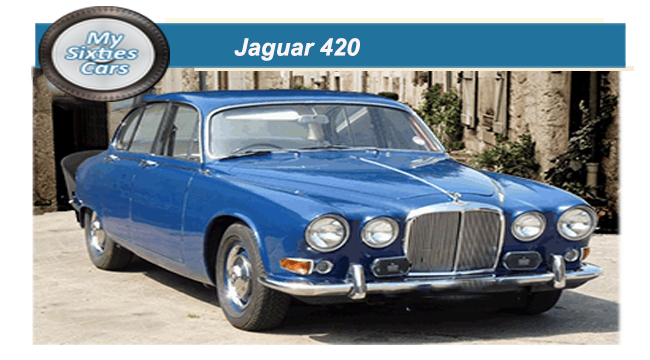 By the mid- Sixties Jaguar were enjoying an unprecedented run of success, powered by the fabulous E-Type roadster.
By the mid- Sixties Jaguar were enjoying an unprecedented run of success, powered by the fabulous E-Type roadster.
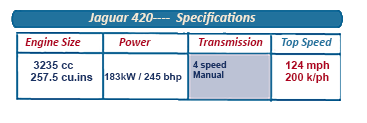 Behind the scenes, the powers that be at Jaguar were becoming increasingly aware of a whole new range of challenges that they would have to face to lead the company into the Seventies.
Behind the scenes, the powers that be at Jaguar were becoming increasingly aware of a whole new range of challenges that they would have to face to lead the company into the Seventies.
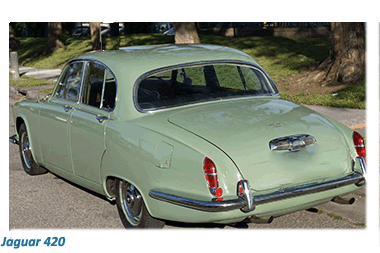 To begin with, they would need to develop an entirely new range of models to replace some of the models that had been in production for more than five years and were beginning to become dated, both technically and in appearance.
To begin with, they would need to develop an entirely new range of models to replace some of the models that had been in production for more than five years and were beginning to become dated, both technically and in appearance.
One of the models that were expected to lead Jaguar into the Seventies was the XJ6 saloon that was pencilled in to replace the Mark 10.
According to the program at Jaguar, the XJ6 was scheduled for release in 1968, although it soon became apparent that the launch would have to be put off for at least two years, as the development stages were still far from being completed.
![]()
With sales for the large scale Jaguar saloon rapidly faltering, in August 1966,Jaguar decided to rapidly slot in a mid-range model, that would slot in between the S-type, and the Mark X in price and size.
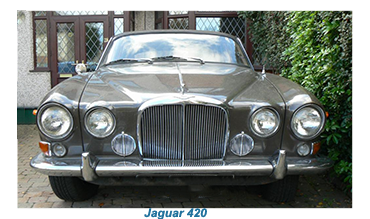
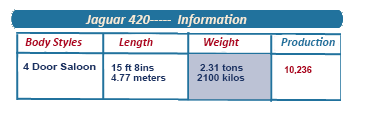 Initial reactions fron the trade were that the 420 bore such a strong resemblance to the S-Type that was too clsoe to be comfortable.
Initial reactions fron the trade were that the 420 bore such a strong resemblance to the S-Type that was too clsoe to be comfortable.
The 420 did stand out as the first Jaguar to be fitted with the recently modified 4.2 litre, 258 cubic inch XK engine that also powered the Mark X.
The 420 was available with either Borg-Warner Model 8 dual range automatic transmission or Jaguar's new all-synchro manual gearbox.
Overdrive was a further option on the manual model, and other features included a limited-slip differential, self-adjusting, twin-circuit disc brakes on all four wheels.
For the 420, Jaguar's engineering department decided to settle for twin SU carburettors only, instead of the triple set-up used on the much heavier Mk X.
![]()
The 420's shell was virtually unique apart from continuing the squared up grille and dual headlamp nose of the Mark X while retaining the four-door centre section used in the near-original Mark II series.
T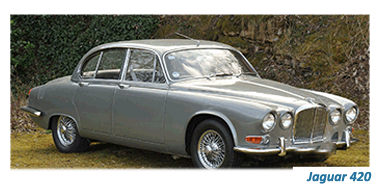 he 420 was a full five-seater finished to the highest level with Connolly Hide leather upholstery, reclining front seats, folding armrests front and rear, and variable-control heating to both the front and rear compartments.
he 420 was a full five-seater finished to the highest level with Connolly Hide leather upholstery, reclining front seats, folding armrests front and rear, and variable-control heating to both the front and rear compartments.
Although the 420 may have seemed in some respects like a stopgap car remaining in production for just two years until the XJ6 was eventually released.
Jaguar historians have long maintained that the 420 was actually underrated, a far more practical proposition another Jaguar " stop-gap" of the later Sixties- the whale-like Mark X.






